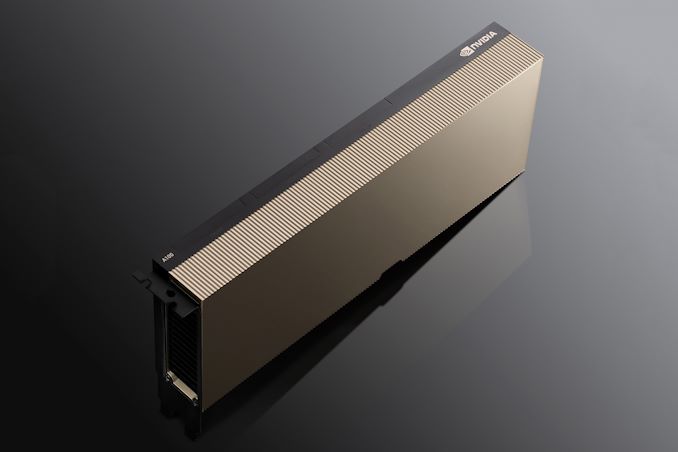https://www.engadget.com/lenovo-yoga-tab-13-tab-11-tablets-040041606.html
Lenovo has revealed a number of tablets at Mobile World Congress, including a widely expected 13-inch Yoga Tab. The device has a built-in, stainless steel kickstand, which will make it easy to position for hands-free use. Alternatively, you can use the stand as a hanger. Just make sure it’s resting on a sturdy hook.
According to Lenovo, the Yoga Tab 13 can stream video for up to 12 hours on a single charge. It has a 2K Low Temperature PolySilicon display, with 400 nits of brightness, 100 percent sRGB color gamut, a 60Hz refresh rate and Dolby Vision HDR support. With an included micro-HDMI to USB cable, you can use Yoga Tab 13 as a portable secondary display for a laptop or PC.
There’s a front-facing 8MP camera with face unlock support. The Yoga Tab 13 has four JBL speakers, two of which are built into the soundbar cylinder. The tablet has Dolby Atmos support and, thanks to a bottom audio chamber, up to 450Hz bass performance. A USB-C to 3.5mm headphone jack adaptor is included as well.
The tablet is powered by the Qualcomm Snapdragon 870 Mobile Platform and has 8GB of LPDDR5 memory, WiFi 6 support and a USB-C charging port. Dual mics can pick up your Google Assistant commands, and there’s support for the Lenovo Precision Pen 2.2. The device weighs 1.83 lbs (830g). The Yoga Tab 13 (known as Yoga Pad Pro in China) starts at $680 and should go on sale in July.
Additionally, Lenovo announced the new Yoga Tab 11. It too has a kickstand that doubles as a hanger, along with an 11-inch 2K IPS Touch Display Driver Integration (TDDI) display and Dolby Vision and Atmos support. The 1.44 lbs (655g) tablet runs on a MediaTek Helio G90T octa-core processor and has a UFS-based memory chip with up to 8GB of LPDDR4 RAM and 256GB of storage.
The Yoga Tab 11 has four speakers and dual mics, a video playback time of up to 15 hours, USB-C fast charging support and a face unlock function. There’s a front-facing 8MP camera and another on the rear. You can pick up an LTE variant of the tablet as well. The Yoga Tab 11 starts at $320 and it should arrive in August.

Lenovo
Also new is the Lenovo Tab P11 Plus, which boasts an 11-inch (2000 x 1200) display, four speakers with Dolby Atmos support, an octa-core MediaTek G90T chipset and up to 6GB of memory. It weighs 1.1 lbs (490g) and has a microSD slot for expandable storage. There’s LTE support, a USB-C port and 8MP front-facing and 13MP rear cameras. Lenovo says you’ll get up to 12 hours of video playback on a single charge. The Tab P11 Plus starts at $260 and you should be able to get your hands on it in August.
Elsewhere, Lenovo has refreshed the Tab M7 and Tab M8. They both have a built-in kids mode with Google Kids Space and TDDI displays. The processors have been upgraded and, on the Tab M8, you’ll get up to 15 hours of video playback, according to Lenovo. The Tab M7 should arrive in July, starting at $110. The third-gen Tab M8 will hit select markets later this year, but it won’t be coming to the US.
Lenovo’s latest tablets all support Google’s Entertainment Space feature. That brings together content from all of your media apps into a single hub, including games, books and things to watch.
via Engadget http://www.engadget.com
June 27, 2021 at 11:12PM

